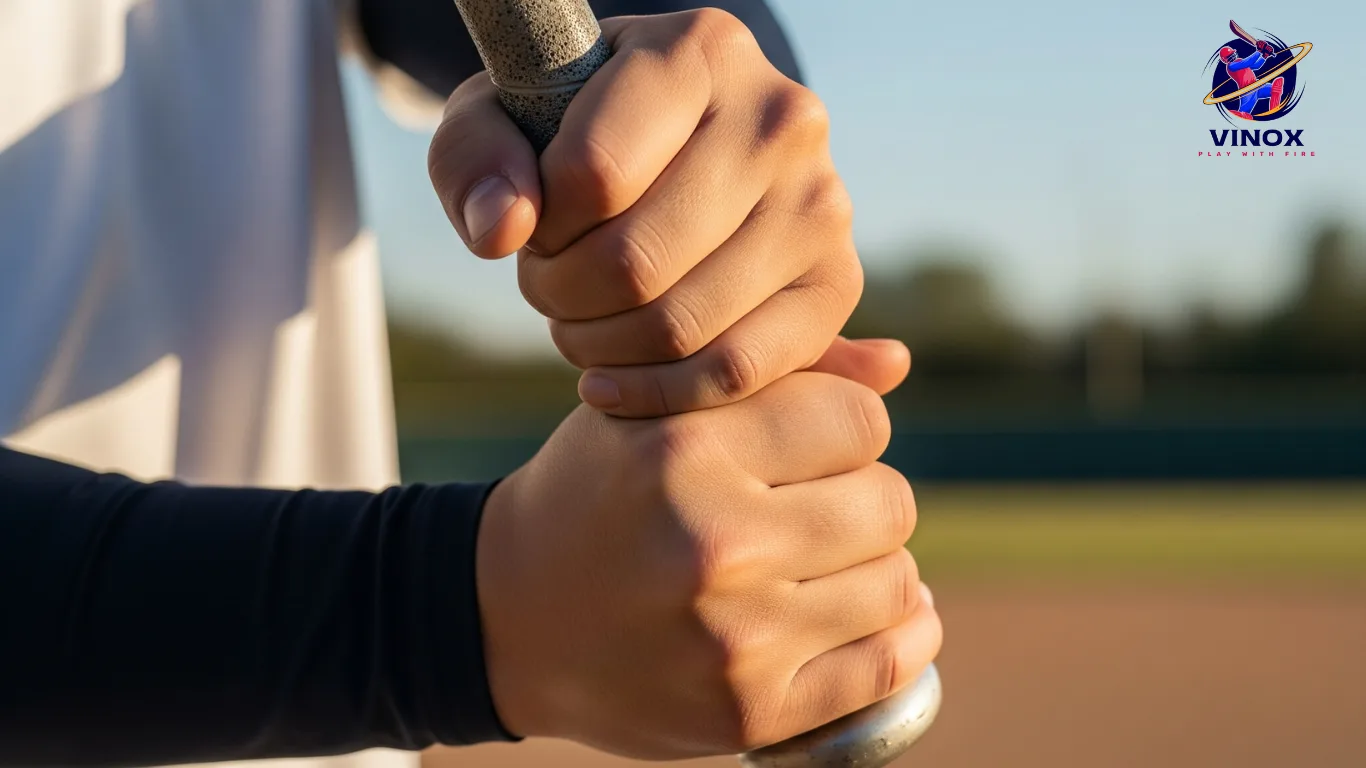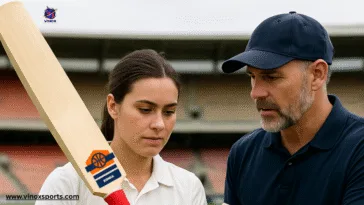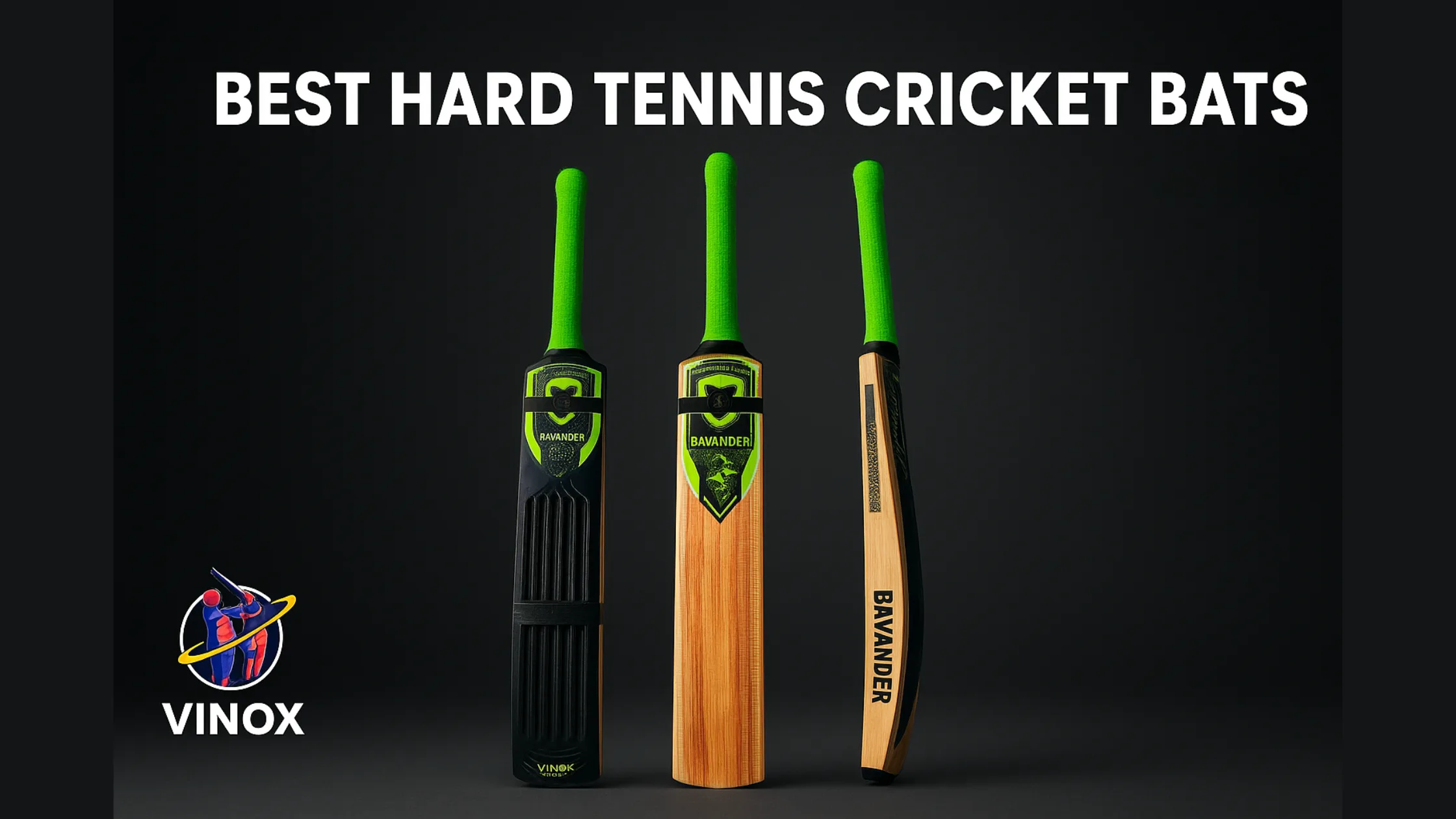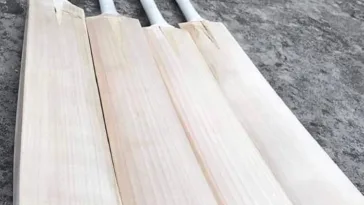Better Batting Starts with the Right Grip
A good grip on the cricket bat is the foundation of strong, accurate, and controlled batting. Whether you’re a beginner or an advanced player, understanding different grip techniques can greatly improve your performance.Better Batting Starts with the Right Grip
V-Grip – The Traditional and Trusted Style
The V-Grip is the most common grip used by professional cricketers. In this technique, the thumb and index finger of both hands form a “V” shape on the bat handle.
Benefits:
Balanced control
Ideal for straight shots like drives
Works well for both defensive and aggressive strokes
O-Shaped Grip – The Modern Twist
In the O-shaped grip, the fingers wrap around the handle to form an “O” shape. This grip is used by modern aggressive players.
Benefits:
Adds more wrist movement
Helps with flicks and innovative shots
Useful in limited-overs formats
Knott Grip – Compact and Firm
The Knott Grip is a firm grip where both hands are close together on the handle.
Benefits:
Better control for short deliveries
Improves pull and hook shots
Useful in fast-paced situations
Don Bradman’s Grip – The Legend’s Style
Sir Don Bradman, one of the greatest batsmen in history, used a unique grip. His bottom hand was slightly turned, giving him a closed face grip.
Benefits:
Powerful wrist shots
Ideal for ground strokes
Allows faster bat speed
Better Batting Starts with the Right Grip
Open Face Grip – For the Elegant Player
In this grip, the bat’s face stays slightly open towards the off-side.
Benefits:
Helps in playing late cuts and third-man shots
Useful in adjusting to swing or spin
Great for timing-focused players
Using the Conventional Grip Properly
Here are a few tips for holding your bat correctly with any grip:
Keep about two fingers of space between both hands on the handle
Your eyes and shoulders should stay level
Always keep your eyes on the ball
Don’t grip too tight—let the bat flow naturally





 No products in the cart.
No products in the cart.